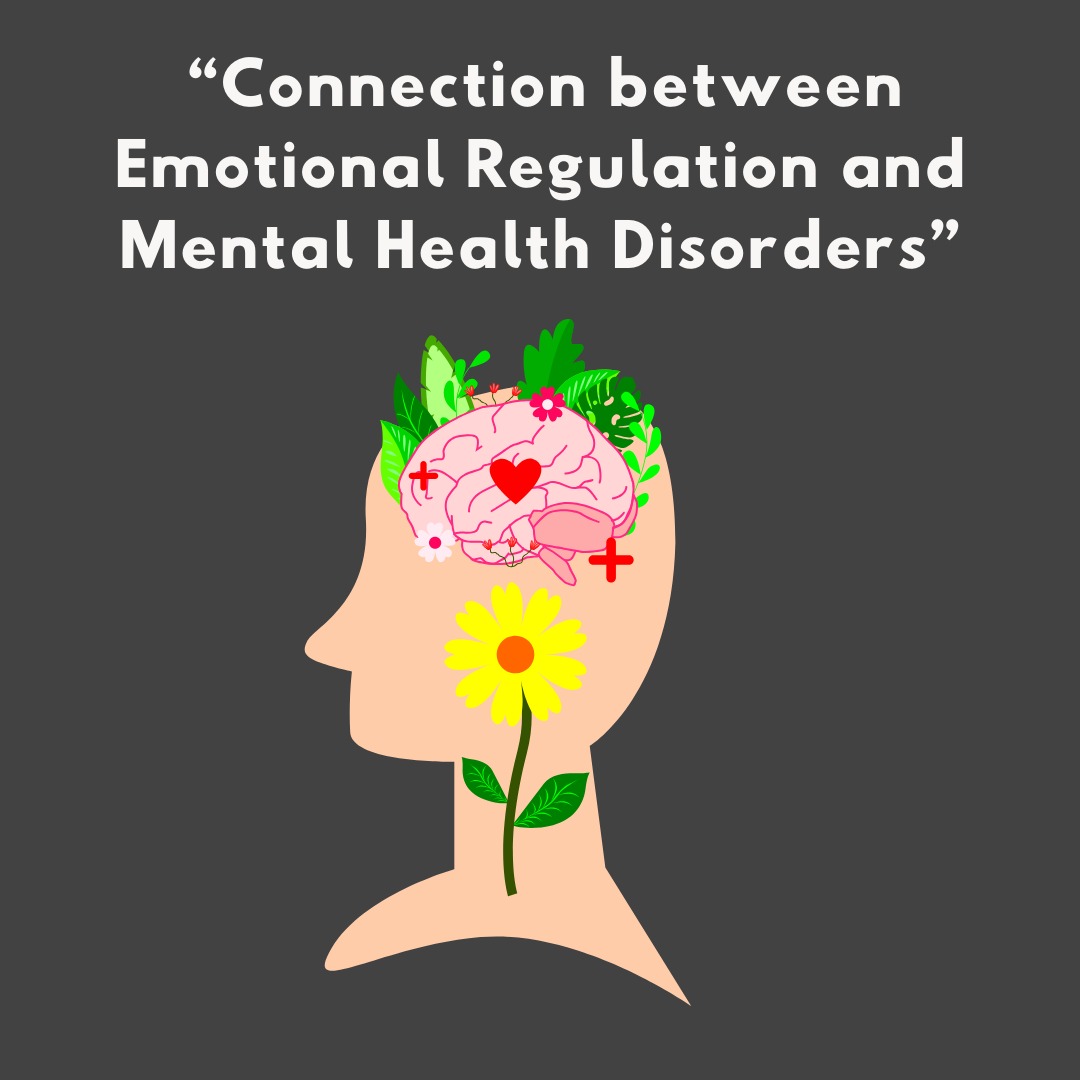
Emotional regulation, the ability to manage and respond to emotions in healthy ways, is closely tied to mental health. When emotional regulation is impaired, individuals often struggle to cope with stress, process negative emotions, or maintain balance in their daily lives. This difficulty is a hallmark of several mental health disorders, including anxiety, depression, borderline personality disorder (BPD), and post-traumatic stress disorder (PTSD).
In anxiety and depression, emotional dysregulation manifests as excessive worry, persistent sadness, or difficulty recovering from negative experiences. For example, individuals with anxiety may ruminate on minor stressors, amplifying their distress, while those with depression often feel overwhelmed by hopelessness. In BPD, emotional dysregulation is even more pronounced, with intense mood swings and impulsive behaviors that can destabilize relationships and self-esteem. Similarly, people with PTSD frequently struggle to regulate fear and anger, particularly when triggered by reminders of past trauma.
Research highlights how brain structures involved in emotional regulation, such as the amygdala and prefrontal cortex, function differently in individuals with these disorders. Overactivity in the amygdala, the brain’s emotional center, can lead to heightened emotional responses, while underactivity in the prefrontal cortex may impair the ability to assess situations rationally and calm down. This imbalance underscores the need for therapeutic interventions that strengthen emotional regulation skills.
Treatments like cognitive-behavioral therapy (CBT), dialectical behavior therapy (DBT), and mindfulness practices have shown great promise in addressing emotional dysregulation. These approaches teach individuals how to identify, understand, and manage their emotions effectively. By improving emotional regulation, individuals can alleviate symptoms of mental health disorders, enhance their resilience, and lead more balanced lives.
Kanishka
